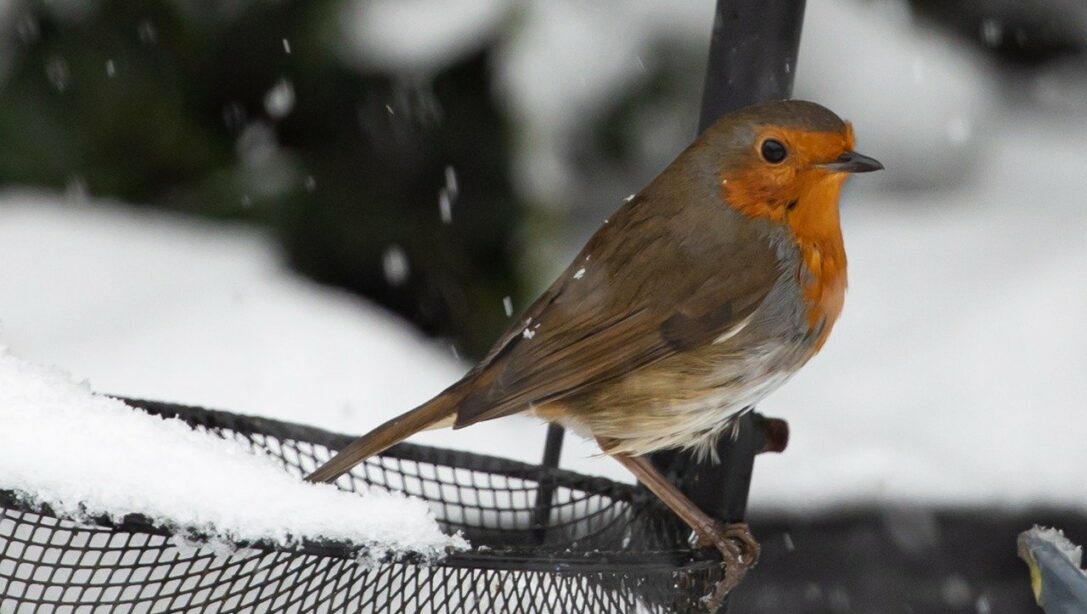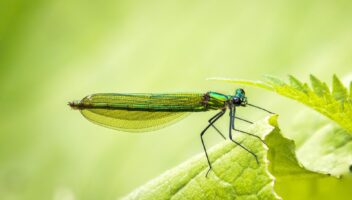During the winter season birds are constantly looking to increase their chances of survival. As the cold harsh environment moves in they may need some extra help.
Why Do Winter Birds of a Feather Flock Together?

As the cold weather draws in birds must find a delicate balance between preserving energy, increasing their body temperature and discovering a regular source of food at a faster rate. To do so they will often flock together to enhance their chances of locating enough food. The food helps them to preserve adequate fat supplies that they can turn into energy sufficient enough to keep them alive during winter. During the cold season the tougher environment of snow and ice makes it increasingly difficult. This is because natural foods like seeds and acorns become hidden underneath or stuck in the hardened soil.
By coming together birds are also giving themselves the best possible chance of spotting a predator, as there are more eyes to keep watch over. Birds have to decipher the ideal time to abandon their feeding grounds. If they leave too late they risk being left vulnerable to predators and then too soon and they risk not being able to find enough food again.
Huddling together becomes ever more important as the temperature drops. Birds will stand close to one another to create a compact, snug fit. This maintains and conserves the needed heat and preserves their energy for the important food searching tasks.
Birds and Their Winter Movements

As birds search for the best place to set up home for the winter their choices are dependent on temperature and food sourcing.
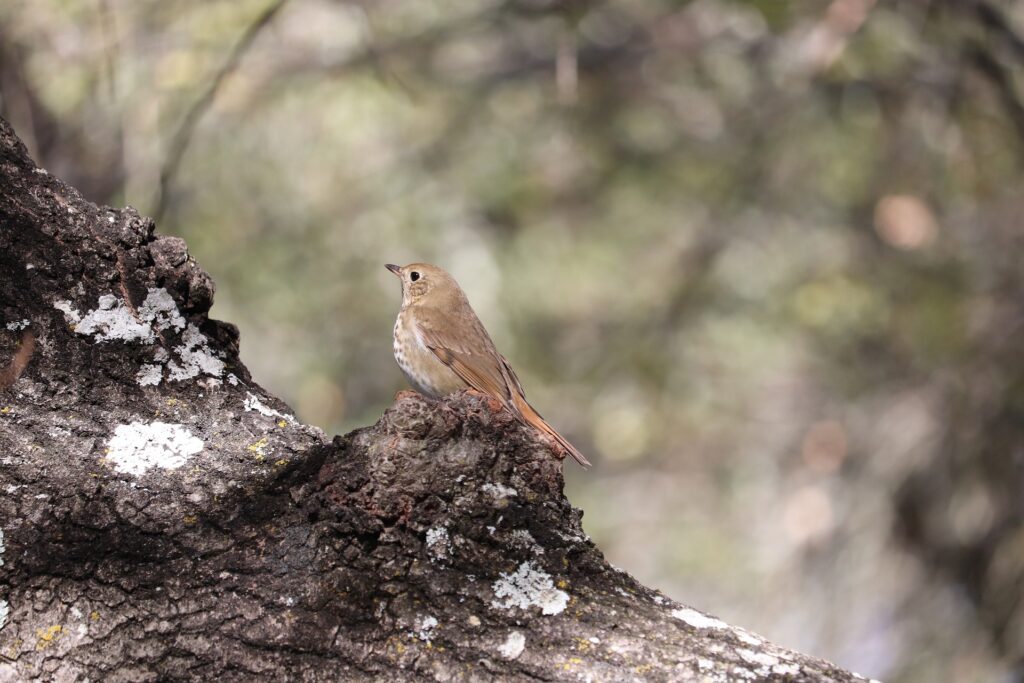
Birds such as European golden plovers will quite often buddy up with lapwings to fly to the milder south where they will move to lowland fields. They can usually be seen flying in the notable ‘V’ formation as they leave the Highlands of Scotland, the Peak District and North Yorkshire. Thrushes are known to follow a similar migration pattern as they search for a warmer environment.
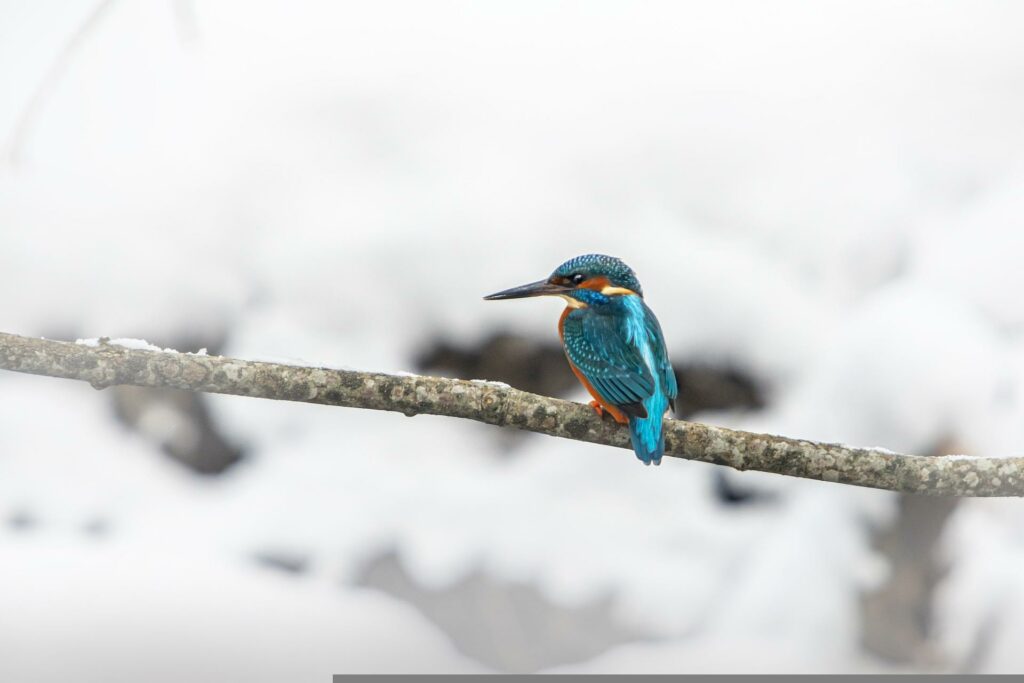
Grey herons and kingfishers, while usually fishing at their common lake or river, will turn their attention to more coastal areas to allow time for their usual hunting place to defrost.
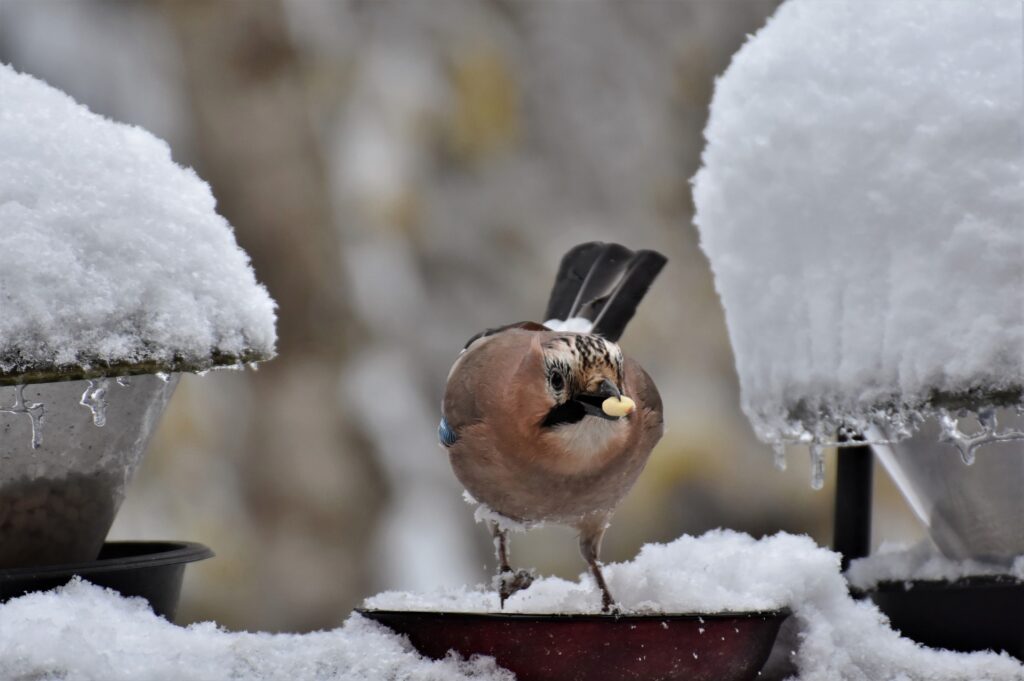
Jay birds will stash acorns and hoard throughout the autumn season when more is on offer. This is so that when winter arrives, they can turn to their collection for survival.

The small and delicate blue tit will hope for a regular food source that they can feed from throughout the day. They eat up to 30% of their body weight! Chaffinches and greenfinches will rely heavily on the gardens of UK residents to find nutrition and shelter.
Red, Red Robin Comes Bob, Bob, Bobbin’ Along
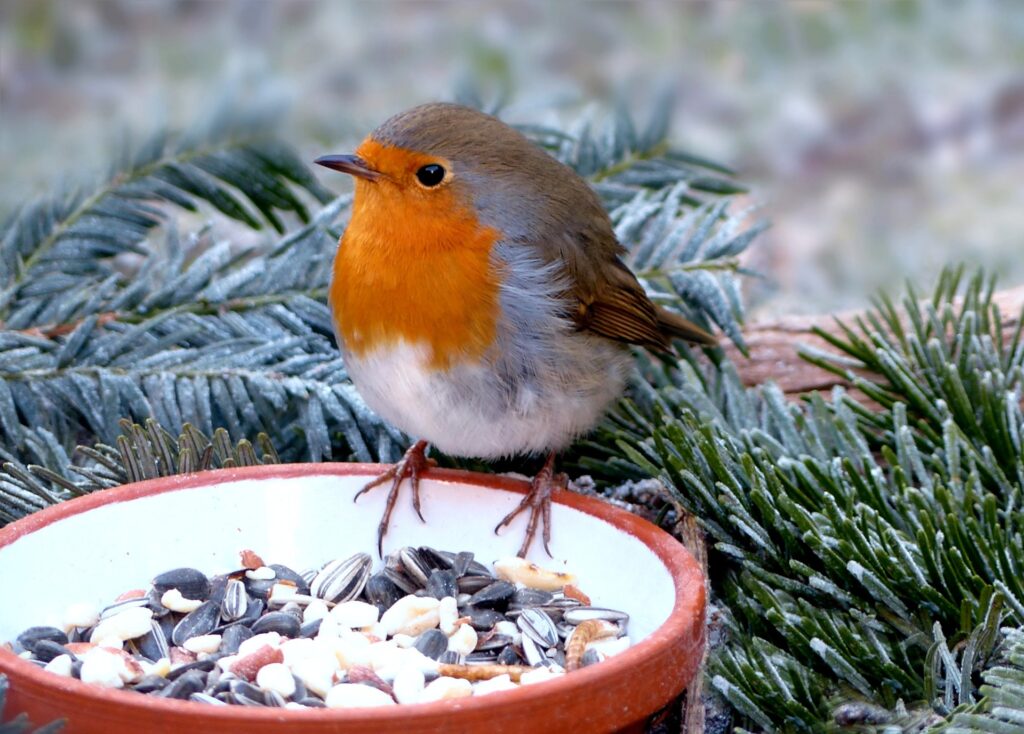
The face of winter and Christmas, adorning gifts and cards alike is the characterful, friendly and almost tame robin with its wonderful bright red breast and beautiful bird song. Much like other birds during winter, robins find the season a difficulty. They will often pursue the gardener, wishing for a tasty morsel. Not only because of their wonderful nature, but robins are also admired and welcomed as pest eaters and are known for being ground feeders feasting on beetles and worms. To give the delightful robin a helping hand keep a constant source of insect rich food available on a bird table. They may even enjoy a worm or two from the palm of your hand!
A Bird-Friendly Winter Garden

A winter garden will often see an increase in bird species as they look to seek solace from the harsh climate. Birds including bramblings would not normally be found in a garden setting at any other time of year. However, as a plentiful outdoor space can be a life saver to them, they will make this into their winter home. You may encounter a burst of activity both first thing in the morning and last thing in the afternoon. This is when they look to replenish or stock for the night ahead.
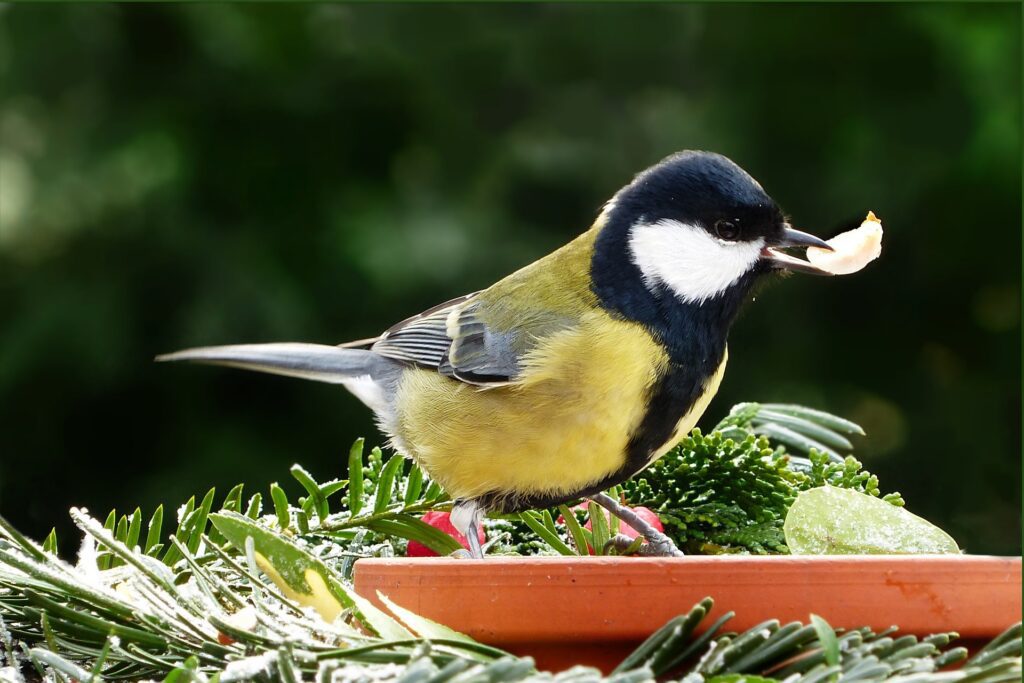
Keep your garden bird friendly this season by:
- Providing food frequently. Ensure feeders are continually topped up so that birds don’t waste their precious energy for an empty table
- Delivering a renewed source of water and ensure this is ice free. Water is a vital part of a bird’s daily life. They need it to both bathe in and drink from
Winter Nesting
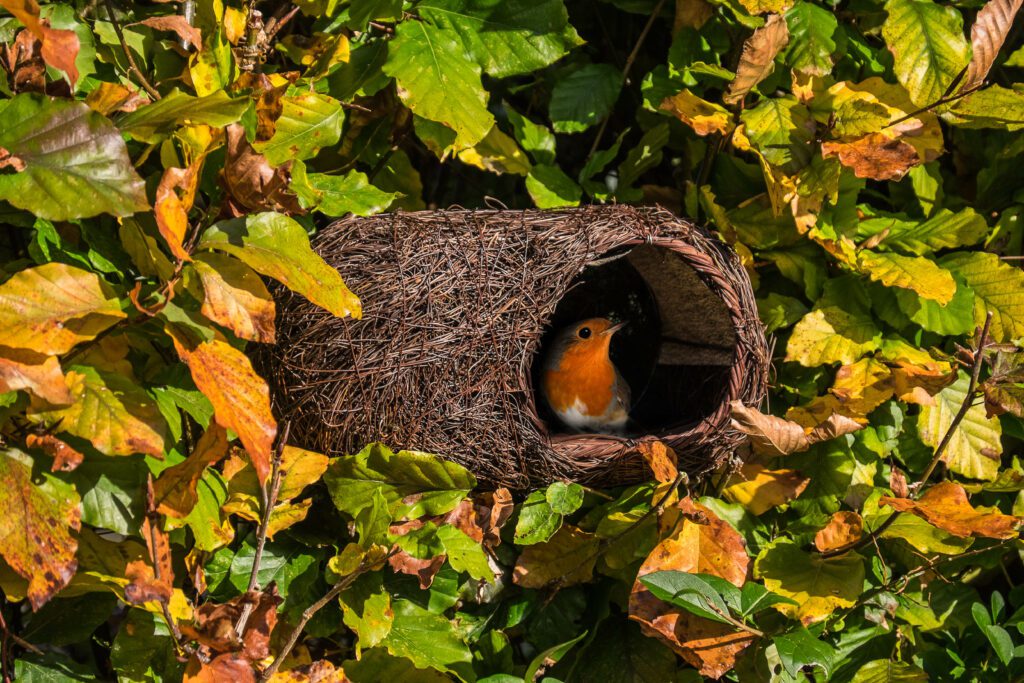
Another fantastic way of assisting birds in your garden is by providing them a nest box and feeding table. Birds will usually familiarise themselves with a prospective home for a few weeks prior to making it their own. The Artisan Bali Island Ranges of nest boxes, bee houses and hanging bird tables are wonderful hand painted and authentic introductions for your winter garden. They provide a safe and secure counter or nesting space for smaller birds, as well as adding a splash of colour into your season. Be sure to clean out your nest boxes year to year and repair any possible damage when the box is empty. Seal any cracks and secure the entrance of the box. Lay a generous covering of moss or clean dry leaves inside the base of the box. Make it watertight and strong ready for the friendly winter visitors.


